The specimens provide insight into how tardigrades evolved cryptobiosis, a temporary and almost complete shutdown of bodily processes.



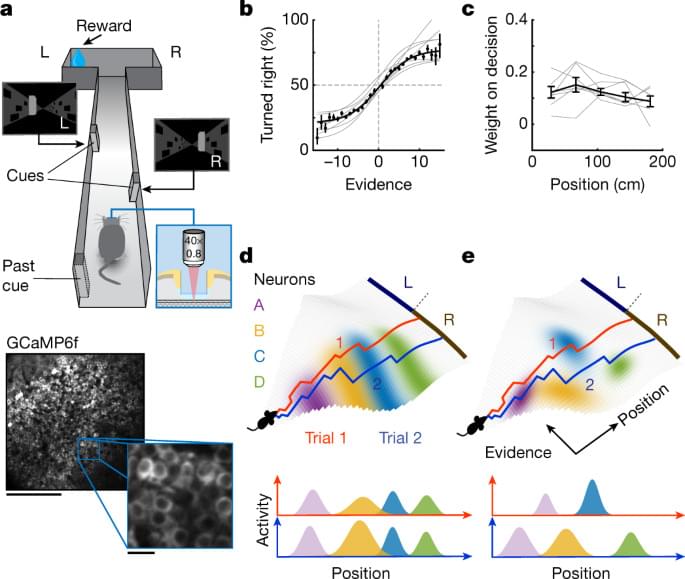
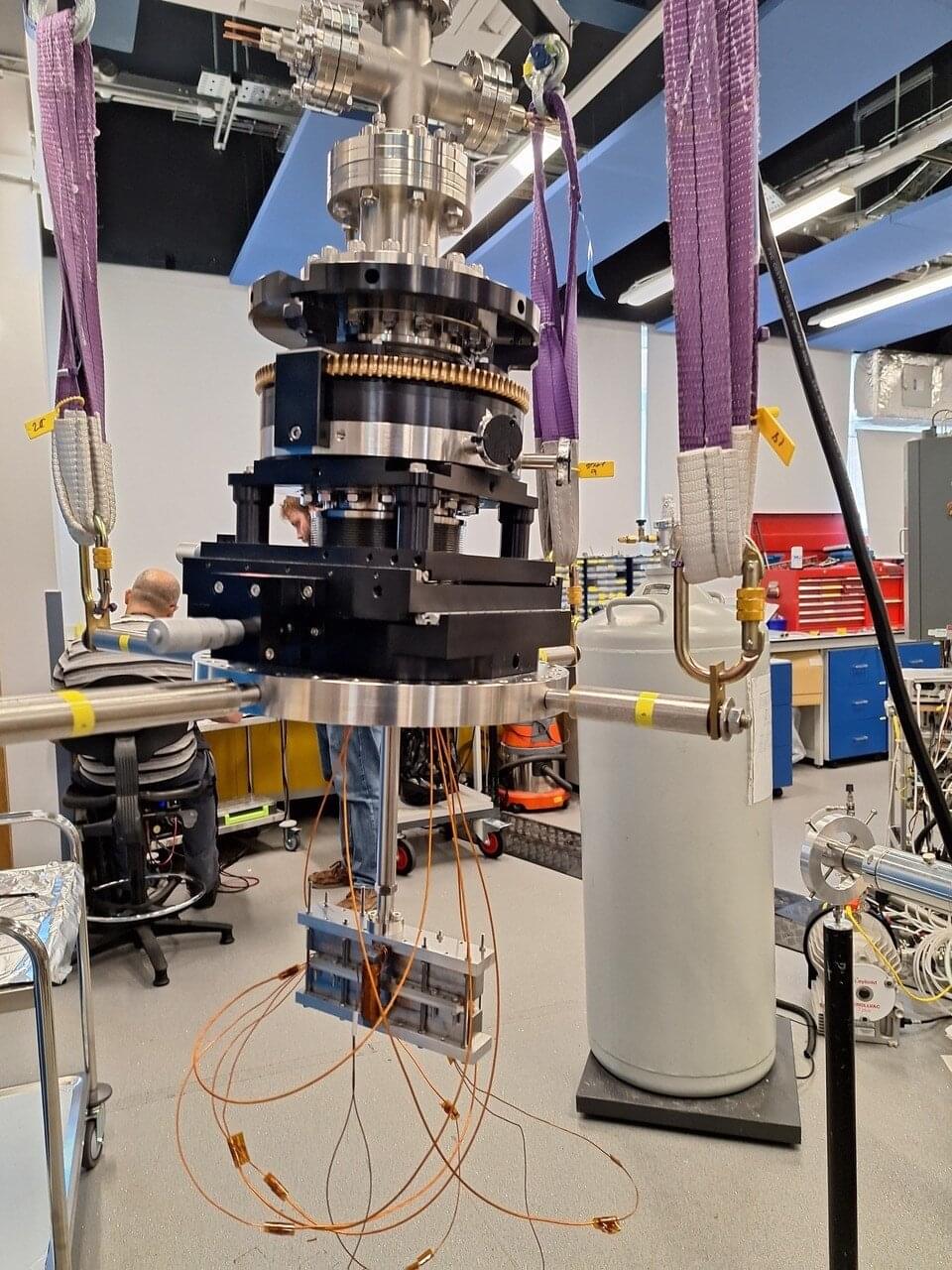
Microscope images could be obtained much more quickly—rather than one pixel at a time—thanks to a new imaging method for neutral atomic beam microscopes developed by Swansea University researchers. It could ultimately lead to engineers and scientists getting faster results when they are scanning samples.
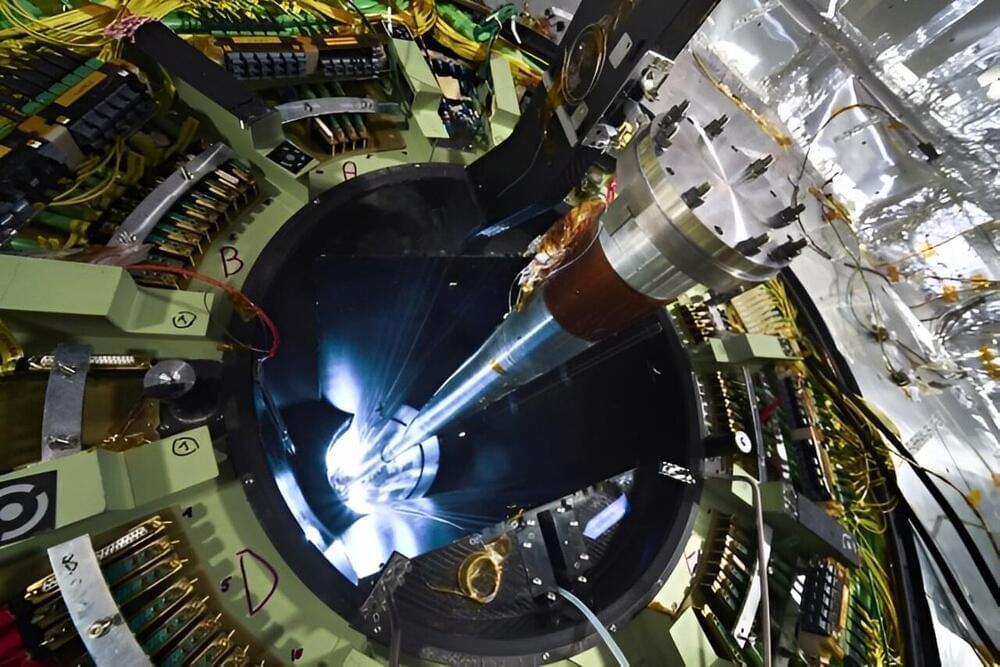
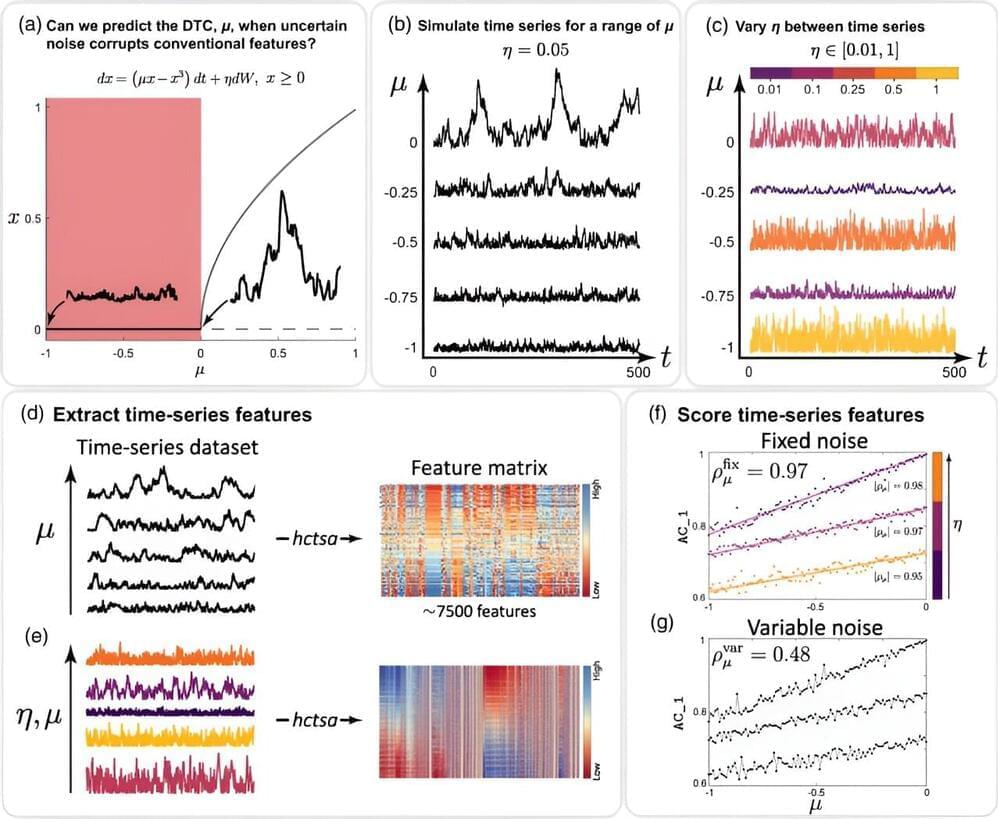
According to the infamous myth, groups of lemmings sometimes run off cliffs to their collective doom. Imagine you are one of these rodents: On a sunny day you join your companions in a joyous climb up a mountain beneath clear skies, traipsing across grass and dirt and rock, glad to be among friends, until suddenly you plunge through the brisk air and all goes black.

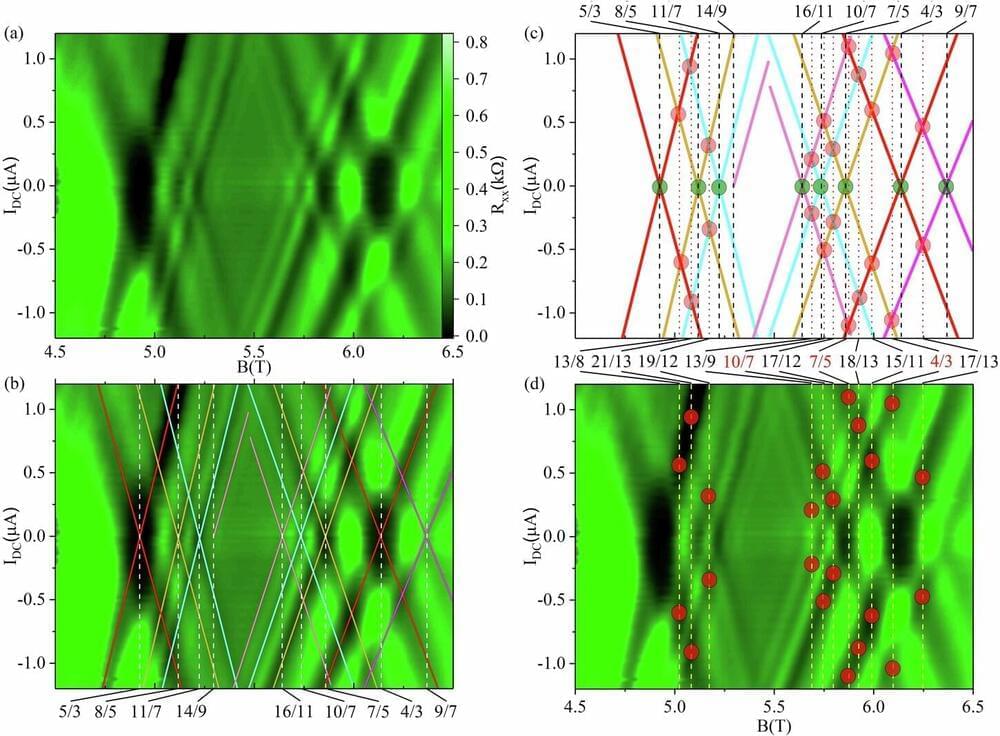
Imagine a two-dimensional flatland, instead of our three-dimensional world, where the rules of physics are turned on their head and particles like electrons defy expectations to reveal new secrets. That’s exactly what a team of researchers, including Georgia State University Professor of Physics Ramesh G. Mani and recent Ph.D. graduate U. Kushan Wijewardena, has been studying at Georgia State’s laboratories.

The operation of a quantum computer relies on encoding and processing information in the form of quantum bits—defined by two states of quantum systems such as electrons and photons. Unlike binary bits used in classical computers, quantum bits can exist in a combination of zero and one simultaneously—in principle allowing them to perform certain calculations exponentially faster than today’s largest supercomputers.
Researchers have developed a new two-photon fluorescence microscope that captures high-speed images of neural activity at cellular resolution. By imaging much faster and with less harm to brain tissue than traditional two-photon microscopy, the new approach could provide a clearer view of how neurons communicate in real time, leading to new insights into brain function and neurological diseases.